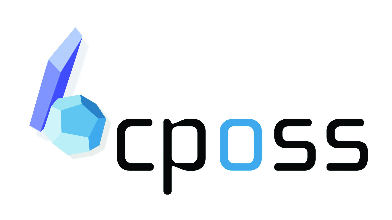




Running GDMA2
GDMA2 is the programme used to extract the distributed multipoles from the GAUSSIAN Test.FChk file. It can be used on output from other ab initio programmes, but within the SLP group we tend to use only GAUSSIAN.
Anthony Stone's webpage on GDMA is http://www-stone.ch.cam.ac.uk/pub/gdma/index.html
The submission script for running GDMA depends on the type of potential you are using. If you are using a FIT type potential, with no forshortening of bonds to hydrogen, use /home/cposs/GDMA/runGDMA2.csh If you have a Williams type potential, use /home/cposs/GDMA/runGDMA_FOR.csh It is very important that you pick the correct one, and you will get no warnings if you pick the wrong one. Copy the correct submission script to your local directory.
You also need a short file to define the quality of the wavefunction and the filenames used. The example /home/cposs/GDMA/gdma2_MP2.dat is set to work with an MP2 wavefunction and can be copied to your working directory. If you are working with an SCF or density functional wavefunction, just delete the first line. The punch file will be written to whatever you tell it to in the line that starts "Punch".
Once you have a submission script and the definition file, submit the gdma job to the quese using the command
qsub runGDMA2.csh gdma2_MP2.dat
This takes a little while to run, and the output you get back will be a file called gdma.dma (or whatever you asked for your punch file to be called).
© UCL Chemistry Department 2022. This page was last updated on 17 August, 2022. If you have any problems with this page please email the WebMaster